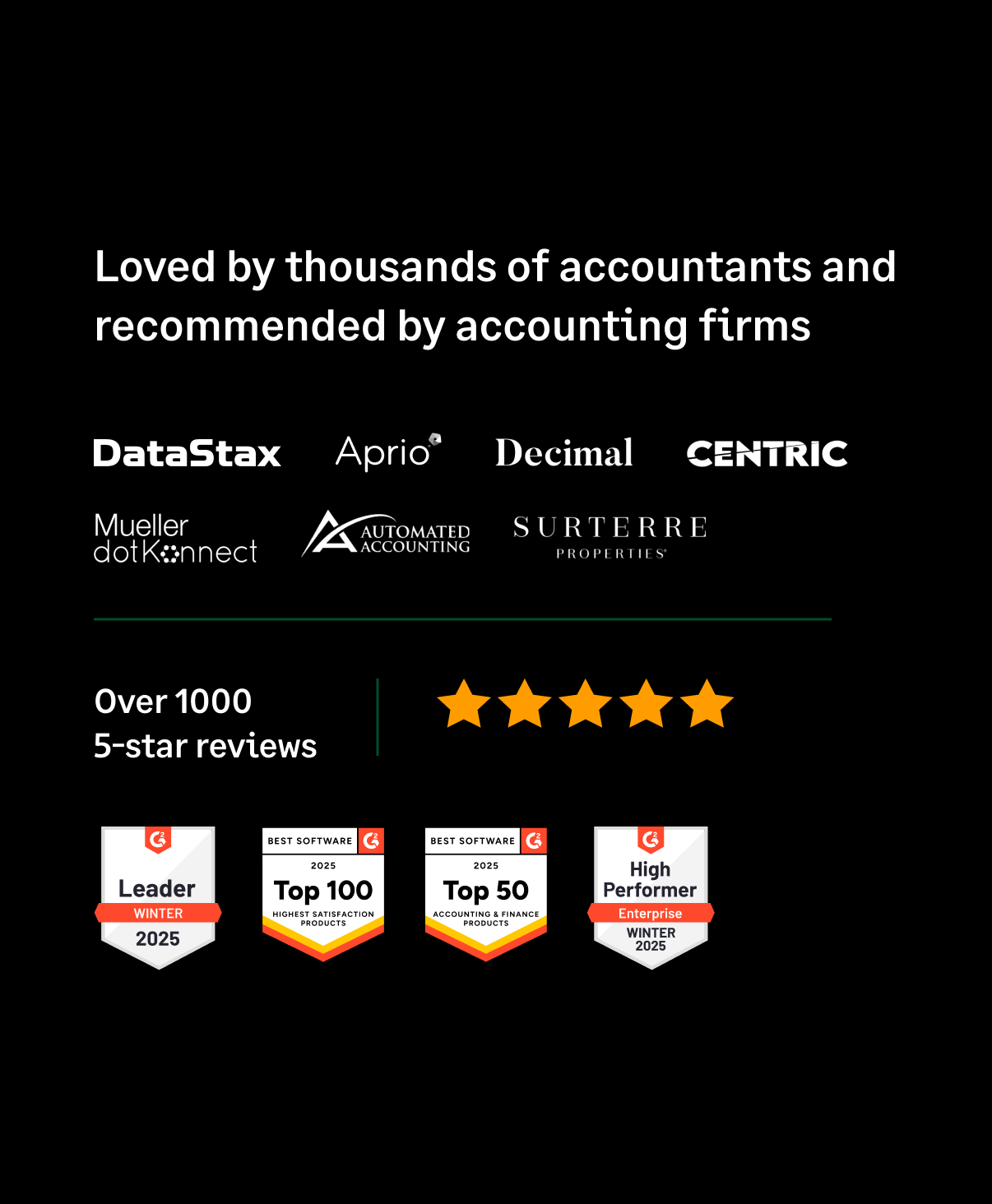Profit margins are direct measurements of business success. Regardless of your products or services, the money coming into your business should exceed your overhead and daily maintenance fees. Otherwise, you’ll merely stay afloat until your finances run dry.
While every entrepreneur strives to generate decent profits, only a few manage their margins effectively. Carelessly raising your prices or cutting corners on workplace expenses could turn away customers. Setting profit margins above the industry standard means nothing unless you actually meet the required sales.
Boosting your profit margins requires more work than SMBs realize. You must consider various factors, from customer retention to logistics management, to succeed in today’s competitive business environment.
What Is Profit Margin?

Profit margin measures the money left after deducting your business’s direct and indirect costs from your revenue. Essentially, it tells you how much of each dollar of revenue your business retains as profit. Higher margins mean you have a profitable venture. Alternatively, lower margins imply that you’re not making enough money to sustain, much less scale, business operations. You’ll either have to cut back on expenses or increase your prices.
You can calculate your profit margins, which are expressed in percentages, with this formula:
(Net Profit/Revenue) x 100 = Net Profit Margin
Let’s try a sample computation. If you own a small business that generates $10,000 in revenue and costs $7,000 to operate, you’ll have a net profit of $3,000. Here’s what it translates to in profit margins:
($3,000/$10,000) x 100 = 30%
Types of Profit Margins
There are three primary types of profit margins:
Gross Profit Margin

The gross profit margin is a basic formula that measures the difference between your gross revenue and cost of sales. It determines how much you make per transaction. For instance, let’s say you flip cars for a living—if you sold a $5,000 car for $7,500, you’d have a gross profit margin of 50%.
Operating Profit Margin

The operating profit margin computes your day-to-day indirect expenses. Let’s say you have a second-hand car lot—apart from the cost of the vehicles, you’d have to factor in rent, car maintenance, and sales commissions, among other operating expenses.
Net Profit Margin

The net profit margin subtracts all direct and indirect costs from your net revenue. It measures how much your business really made over a period. Accountants often compute for it after finding the gross and operating margins—they’ll place it at the bottom of their income statement.
What is a Good Profit Margin?
Contrary to popular belief, there’s no universally accepted profit margin. Factors that affect business success, like ROI periods, historical returns, and market demand, vary per industry—telling everyone to aim for 10 to 20 percent returns is unhealthy. SMBs in sectors with lower margins might feel discouraged and think they’re going under.
Average Profit Margins Across Industries
Contrary to popular belief, there’s no universally accepted profit margin. Factors that affect business success, like ROI periods, historical returns, and market demand, vary per industry—telling everyone to aim for 10 to 20 percent returns is unhealthy. SMBs in sectors with lower margins might feel discouraged and think they’re going under.
Instead of following generic profit margin guidelines, take note of your industry’s standards. Here are the net profit margins across 15 industries:
- Advertising: 0.89%
- Apparel: 3.15%
- Auto & Truck Dealerships: 3.53%
- Beverage (Alcoholic): 8.59%
- Broadcasting: -1.41%
- Business & Consumer Services: 5.45%
- Computer Services: 4.40%
- Construction Supplies: 10.17%
- Electronics (Consumer & Office): -3.05%
- Engineering & Construction: 1.67%
- Entertainment: -0.23%
- Farming/Agriculture: 7.12%
- Furn/Home Furnishings: -2.24%
- Healthcare Products: 8.19%
- Household Products: 11.08%
- Insurance (Life): 0.72%
- Machinery: 9.77%
- Paper/Forest Products: 3.86%
- Precious Metals: -4.26%
- Real Estate (Development): -16.35%
- Restaurant/Dining: 10.66%
- Software (Entertainment): 20.35%
- Tobacco: 27.52%
- Transportation: 5.96%
Sources: Data from Full Ratio, New York University, and Polymer
How to Improve Your Profit Margins in Business
You must adjust several areas of your business before raising your profit margins. Develop a strategic approach that improves branding, expands your market, boosts customer retention rate, and budgets business expenses.
1. Optimize Your Pricing Strategies
Pricing requires some level of psychology. Knowing how consumers see your brand, products/services, and direct competitors will help you create a more appealing pricing strategy. Don’t just slap a 20 percent markup on your offers.
To jumpstart your research, you can try modifying conventional pricing strategies, like:
- Value-Based Pricing: Set your rates based on the market’s perception of your products and services. It’s effective in high-ticket sales.
- Price Skimming: Start with a high-profit margin, then gradually decrease it as you gain insights into your target market.
- Competitive Pricing: Research your competitors extensively and steal their loyal patrons by matching their offers.
- Penetration Pricing: Build your initial customer base by offering the lowest rates on the market, then gradually raise your profit margins once you monopolize the market.
2. Monitor Overhead and Operational Costs
At a basic level, a low overhead helps businesses stay financially stable. You’ll have enough funds to ride out slow months if your monthly expenses only compromise a fraction of your total investment. Alternatively, high operating fees could put your finances underwater within weeks.
To maintain manageable expenses, monitor and assess all the money coming out of your business. You might be overspending on non-essential items unintentionally. Large office spaces, unused work tools, inefficient accounting, and overhiring will make it harder to survive dry spells.
3. Manage Your Inventory Efficiently
Excess inventory wastes capital on unsold goods that depreciate over time, while buying too few resources leads to missed sales opportunities. You must strike a balance when stocking inventory. Both overstocking and understocking will hurt profit margins—get enough supplies to meet the market’s demands without spiking your overhead on unused resources.
That said, you won’t master inventory management right from the get-go. You’ll need at least a few months to gauge customer demand as you scale your business. Just try to keep your business expenses within budget at first.
4. Negotiate With Your Business Partners
Time constraints hinder business owners from shopping around for deals. They settle for less favorable agreements since they have little time to negotiate with business partners. Unfortunately, seemingly minor oversights like these could cause long-term profit loss.
Deadlines shouldn’t compromise your negotiations with suppliers, logistics providers, and agents, among other business partners. Always secure favorable terms before entering into contracts. We suggest delegating simple tasks if you’re short on time rather than haphazardly doing them yourself.
5. Monitor Your ROAS
It’s a common misconception that increased marketing automatically translates to more sales. Many SMBs waste thousands of dollars on social media ads, landing pages, and sales emails that yield negligible results. If you’re careless, marketing could spike your overhead exponentially.
But this isn’t to say that you should stop running ads altogether. The best approach is to track your return on ad spend (ROAS) and ensure that it aligns with your overall profit margin. You can use modern expense management trackers that offer cross-platform monitoring.
6. Automate Rote Work
One of the best modern expense management practices is to automate rote work. With the proliferation of AI-driven platforms, you can offload tedious, time-consuming tasks to work tools. Let your workers focus on more complex tasks that require creativity and critical thinking.
Take bookkeeping as an example. Your accounting team likely wastes several hours a week tracking every dollar coming in and out of your business. An automated expense tracker would definitely cut their workload.
7. Curate Your Product and Service Offerings
Always focus on providing value—avoid adding new products or services just to expand your offers. You’ll only waste money on unsold goods and unused supplies.
Let’s say you run a restaurant business. Research and market every food item individually instead of adding dozens of options to your menu. Assess their sellability before securing funding from investors or getting a loan.
What Is the Difference Between Gross Profit and Net Profit?
Business owners should separate their gross and net profits. Although they share some similarities, they represent different areas of your finances—using them interchangeably will compromise the accuracy of your income statements.
To get your gross profit, deduct the cost of the goods/services sold from your total revenue. It measures the basic profitability of transactions. If you sell a $500 product for $1,000, you’ll have a gross profit of $500.
Meanwhile, to compute your net profit, you must deduct all your operation expenses and cost of goods/services sold from your revenue. It measures your overall profitability. So, if you sell a $500 product for $1,000 but spend $200 marketing it, you’ll have a net profit of $300.
In Conclusion
Increasing your profit margins requires careful planning and strategic action. It’s not as simple as charging more for your products/services or sourcing cheaper supplies—overpriced offers won’t sell. Focus on providing value that justifies a price increase.
Make sure you consider all the factors that influence business profitability when customizing your pricing models. Try going beyond the buy-low, sell-high strategy. Your net profits will gradually increase as you improve customer retention rates, branding, return on ad spend, and productivity ratings.
Moreover, leveraging an expense management software can significantly help control your operational costs. With real-time expense monitoring and automation features, these tools reduce human error and eliminate unnecessary spending, giving you more control over your financial data. As you cut down on non-essential expenses, your profit margin can steadily grow over time.




.webp)

















